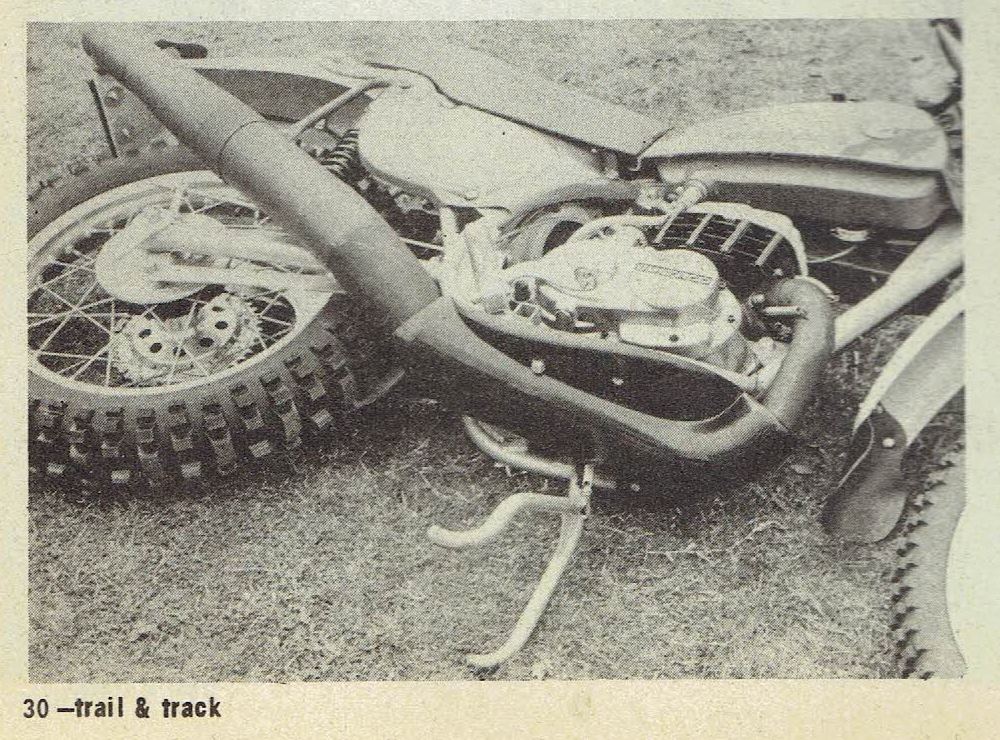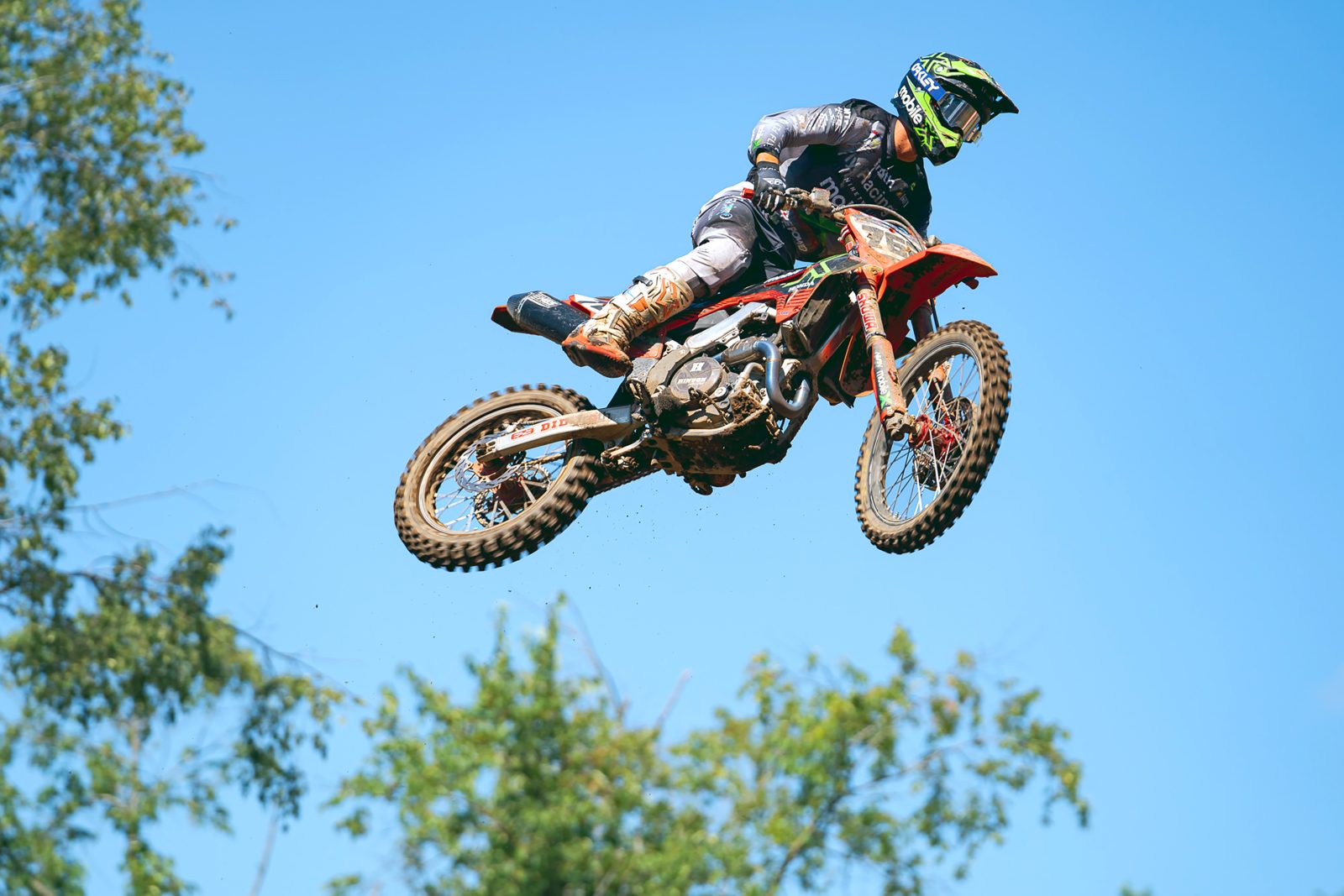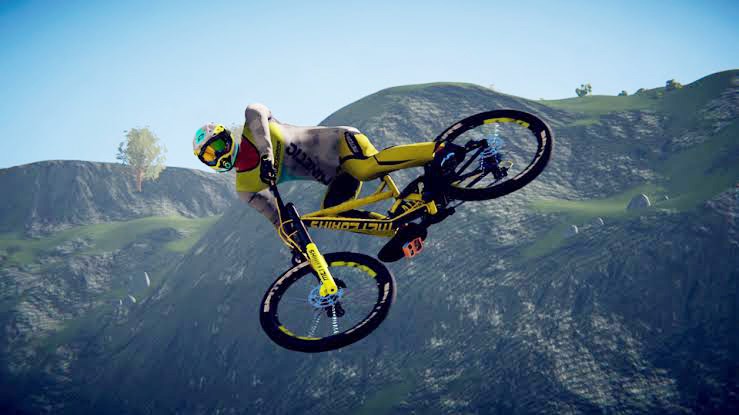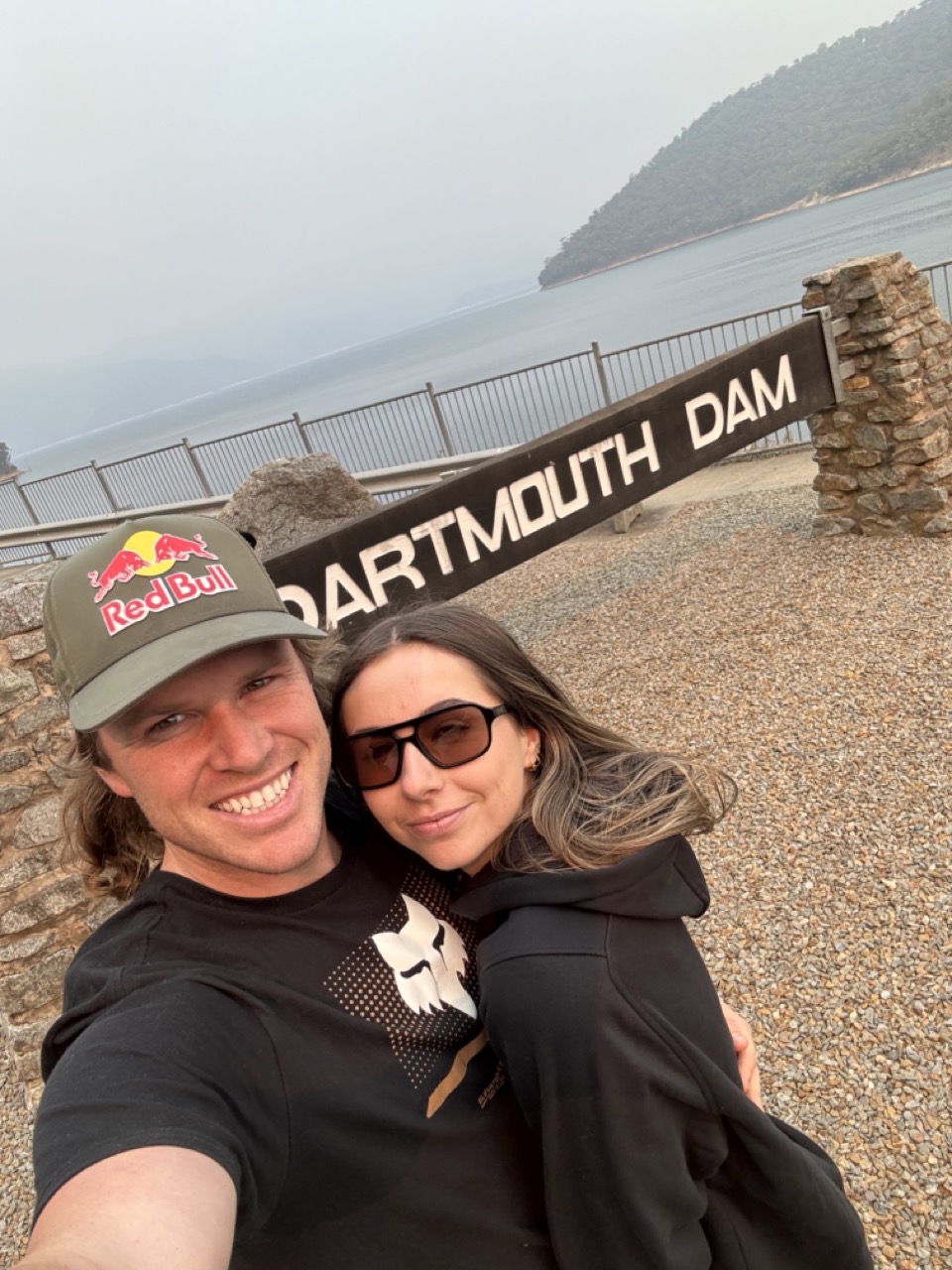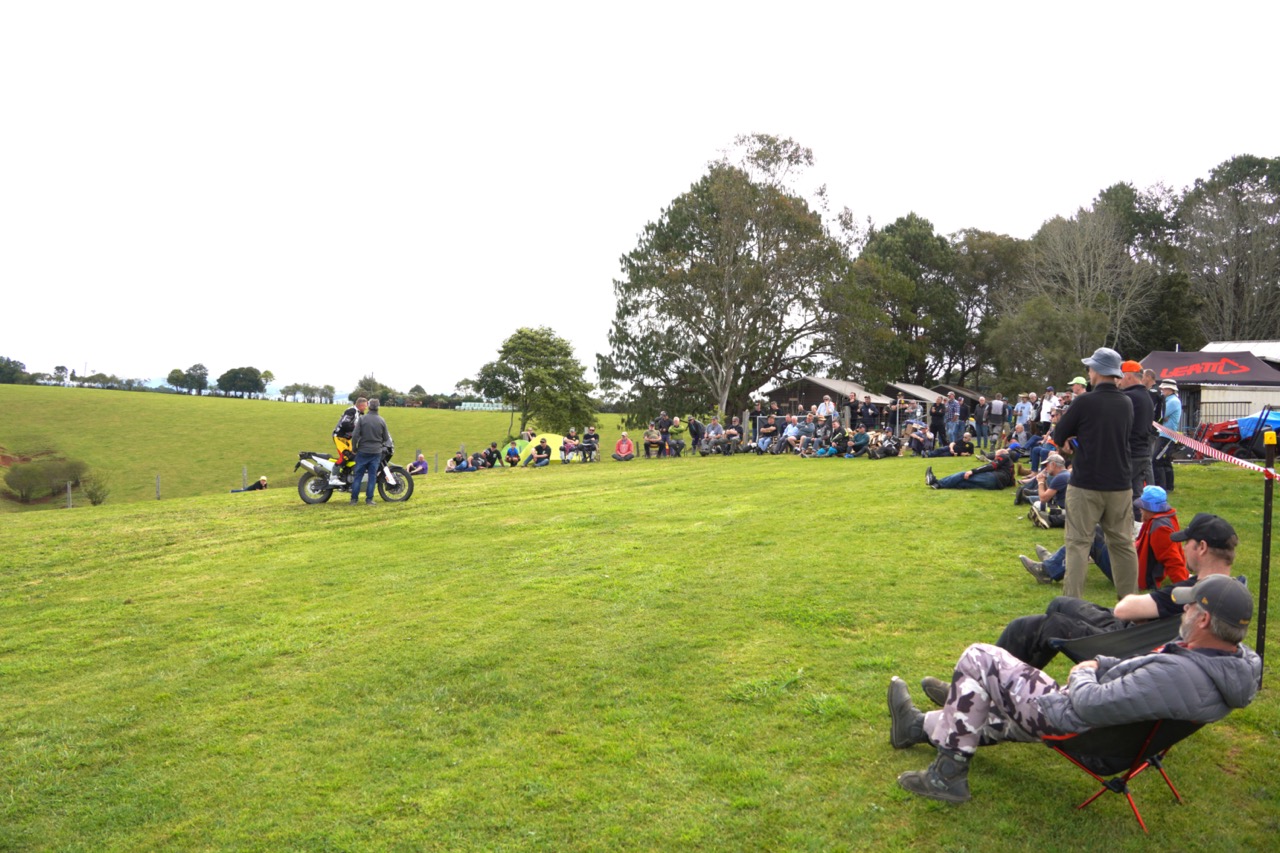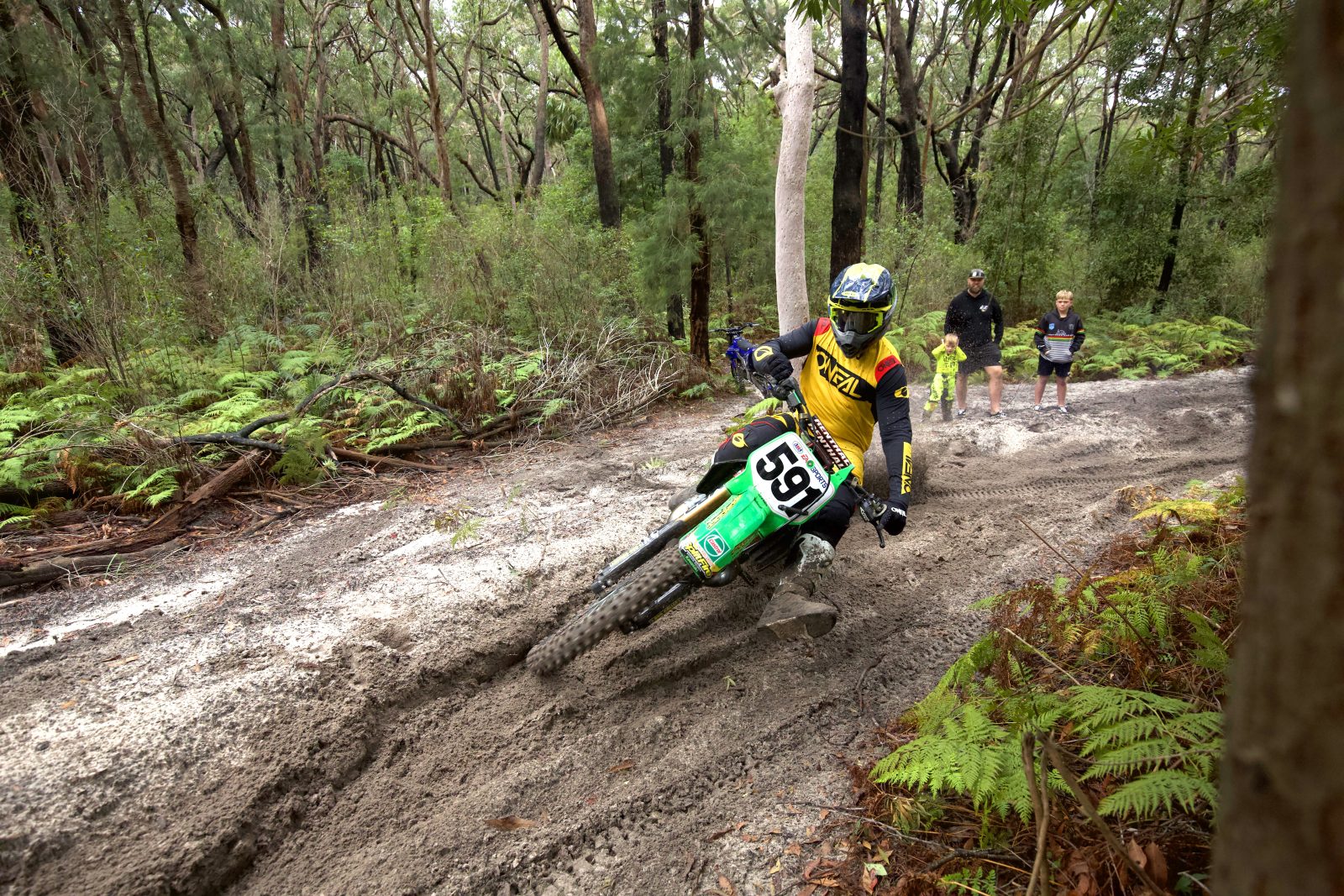WORDS // WARREN JACKS PHOTOS // PHIL AYNSLEY & WJ
The dirtbike boom of the 1970s produced some amazing new bikes but not everybody managed to make it onto the bandwagon. Sometimes the technology was too much for the market to handle, sometimes they were too expensive and sometimes it was just bad luck.
ALRON
German brand Hercules tried a rotary-engined enduro bike in 1975 and there was even an Aussie bike called the Alron that came out of Perth. Ron Lyon was the man who decided the time was ripe for an Aussie built off-roader and so he built his own frames to take Ossa engines.
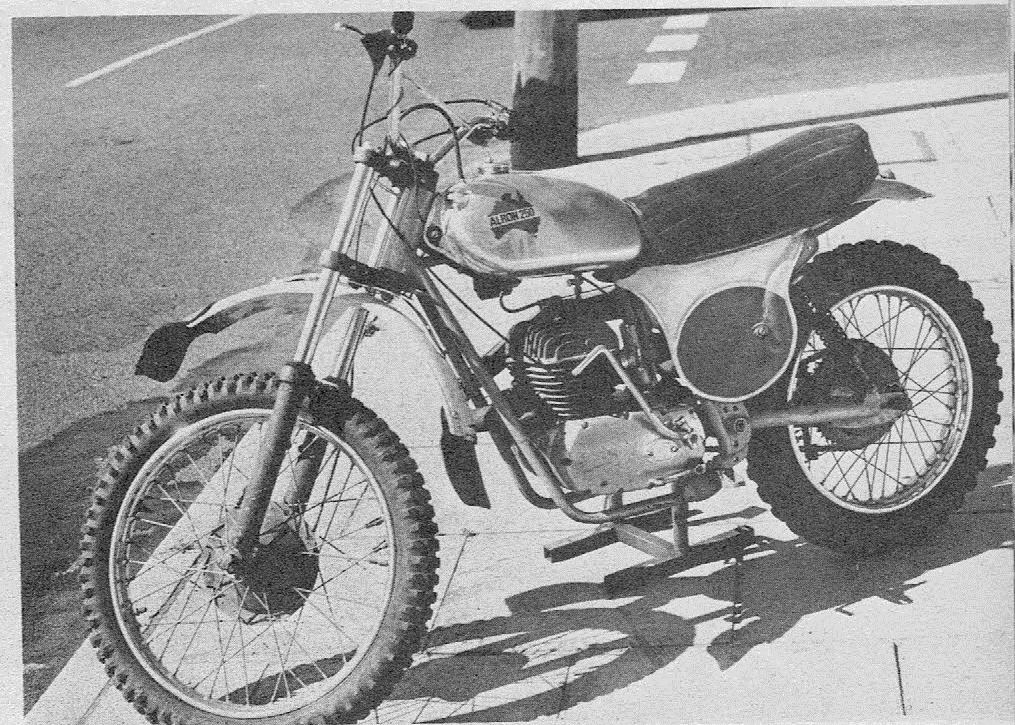
HODAKA
The Pacific Basin Trading Company (Pabatco) in Oregon saw an opportunity in the growing American leisure market and asked Japanese company Yamaguchi to provide it with bikes.
These machines had Hodaka motors and sold well but Yamaguchi went out of business in 1963. Pabatco then designed its own bikes and asked Hodaka to build them.
Hodakas were a good bike in their day and still have a keen following amongst the vintage crowd but they are best remembered days for their model names. The Ace 90, the Super Rat, 125 Wombat, Combat Wombat, Dirt Squirt, Road Toad, Super Combat and the final model, the 250 Thunderdog.
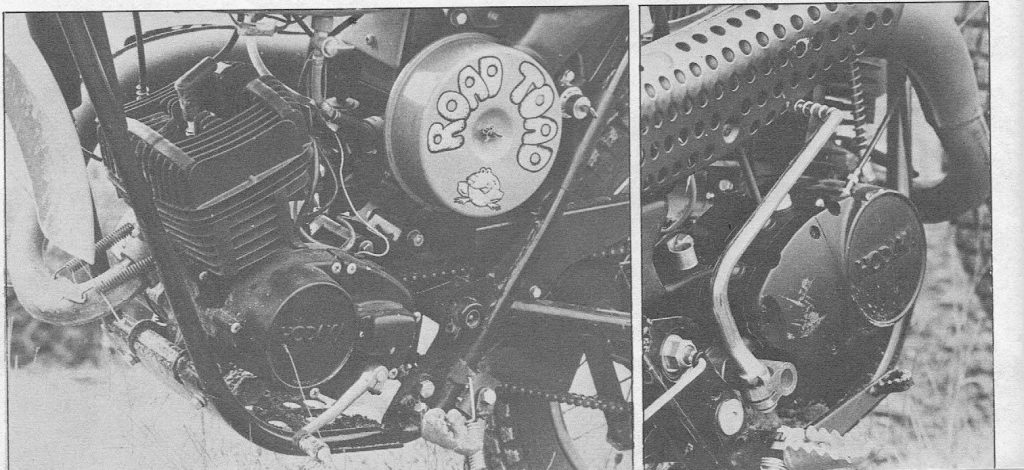
YANKEE
Adventure bikes are a popular market niche today and most will say the market segment was pioneered by BMW with the BMW R80G/S in 1980. But it could be argued that the Yankee 500 two-stroke twin was the first dualsport, although nobody had thought of adventure riding when it came out.
The Yankee 500 was basically built by joining two 250 Ossa engines. It produced 36hp at 4000rpm but an optional kit raised that to 70hp. It used a six-speed gearbox and a rear disc. The bike was built to last, with thicker frame tubes than was common then, and fork legs that wouldn’t look out of place today but were twice the diameter of anything around at the time.
Built to a high standard that made it just too expensive, and unintentionally better suited for a type of riding that was yet to become common, the Yankee 500 never caught on.
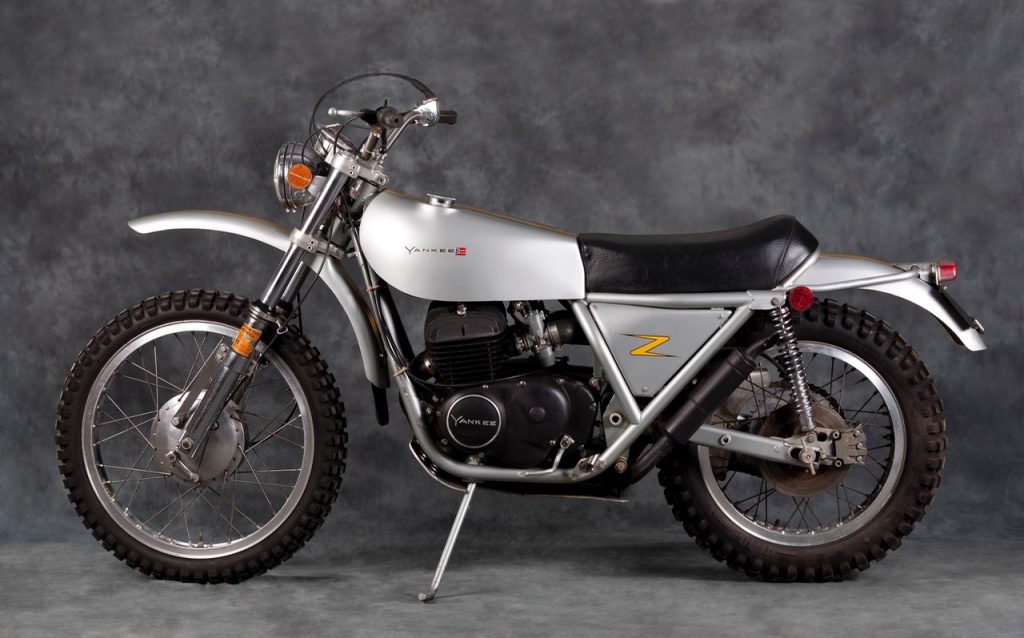
COOPER/AMMEX
Frank Cooper was a U.S. Maico and Yamaha dealer who decided if he could fill the gap between the beginners’ Yamaha and the experts’ Maico then he’d have the entire market covered. He copied the Maico frame, the Yamaha cylinder, piston and porting and a CZ clutch and gearbox and asked Mexican firm Moto Islo to build them.
Aussie importer Blair Harley had a good relationship with the factory and it responded promptly to feedback but only 150 made it to Australia.
Sadly, a 1976 revaluation of the Mexican Peso almost doubled the price of the bikes overnight and the Cooper/Ammex disappeared. The only place you will see a Cooper today is in a museum or at Classic Dirt.


HAGGLUND
Husqvarna’s famous 390 Automatic was built to win a contract with the Swedish Army, which demanded an auto ’box to suit non-riders. Husky didn’t get the job but Hagglund, a company that built buses and armoured vehicles, did.
Even today the Hagglund looks a bit futuristic but it had some good ideas that wouldn’t be out of place in the present market. The auto was a CVT type but with shaft drive inside the single-sided swingarm. The front suspension was a single-sided, leading-link and both wheels were mags.
The pressed and welded steel frame was hollow and used to hold fuel with a clear plastic line running down the right side of the frame as a fuel gauge for the 15 litres of juice. What looks like the fuel tank was a padded toolbox.

ROKON
An auto that never really caught on was the American Rokon. Available as a motocrosser and an enduro bike, the Rokon was an eye catcher due to its disc brakes and on one model, mag wheels.
The Sachs motor was sourced from a snowmobile, complete with CVT transmission. A simple enough system but not too good when water got into it.
Rokon is still around today but targets a niche market, providing easy-to-ride 2WD bikes for use by forest rangers, mining survey teams, hunters, loggers and the like.
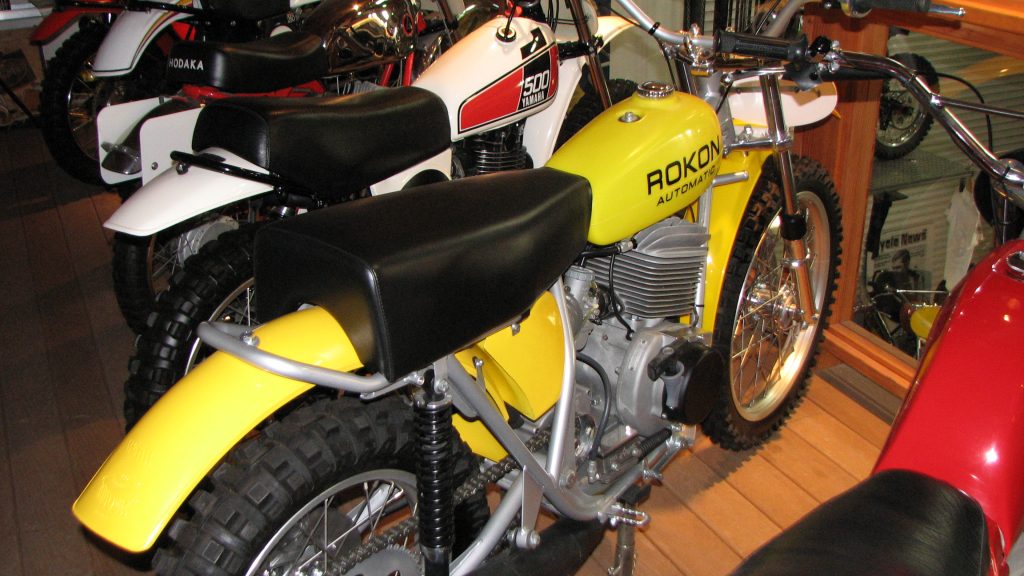
HONDA MT125/250
Every reader will know of the Honda Elsinore motocrossers but did you know there was also MT125 and 250 Elsinore trailbikes and a pair of enduro models, the MR175 and 250? The MT’s handled sweetly but were a little on the slow side. Someone once suggested they would last forever as they didn’t make enough power to wear anything out.
The MR range had a short run as Honda decided to stick to four-strokes for everything but the MX bikes. They were a good looking bike and may have been a winner in the right hands with a bit more development.

BULTACO FRONTERA
Bultaco had an enduro model, the Frontera which was a good bike but suffered a little in ground clearance due to an underslung exhaust on the early models. It created a large, rounded bulge in the bashplate and if a rider cased out on a log they not only had to balance the fore and aft movement but also side to side. Subsequent model Fronteras solved the problem with an up pipe that ran over the motor. The other unusual thing about the underslung pipe was that the previous model to the Frontera, the Matador, had a high pipe.
